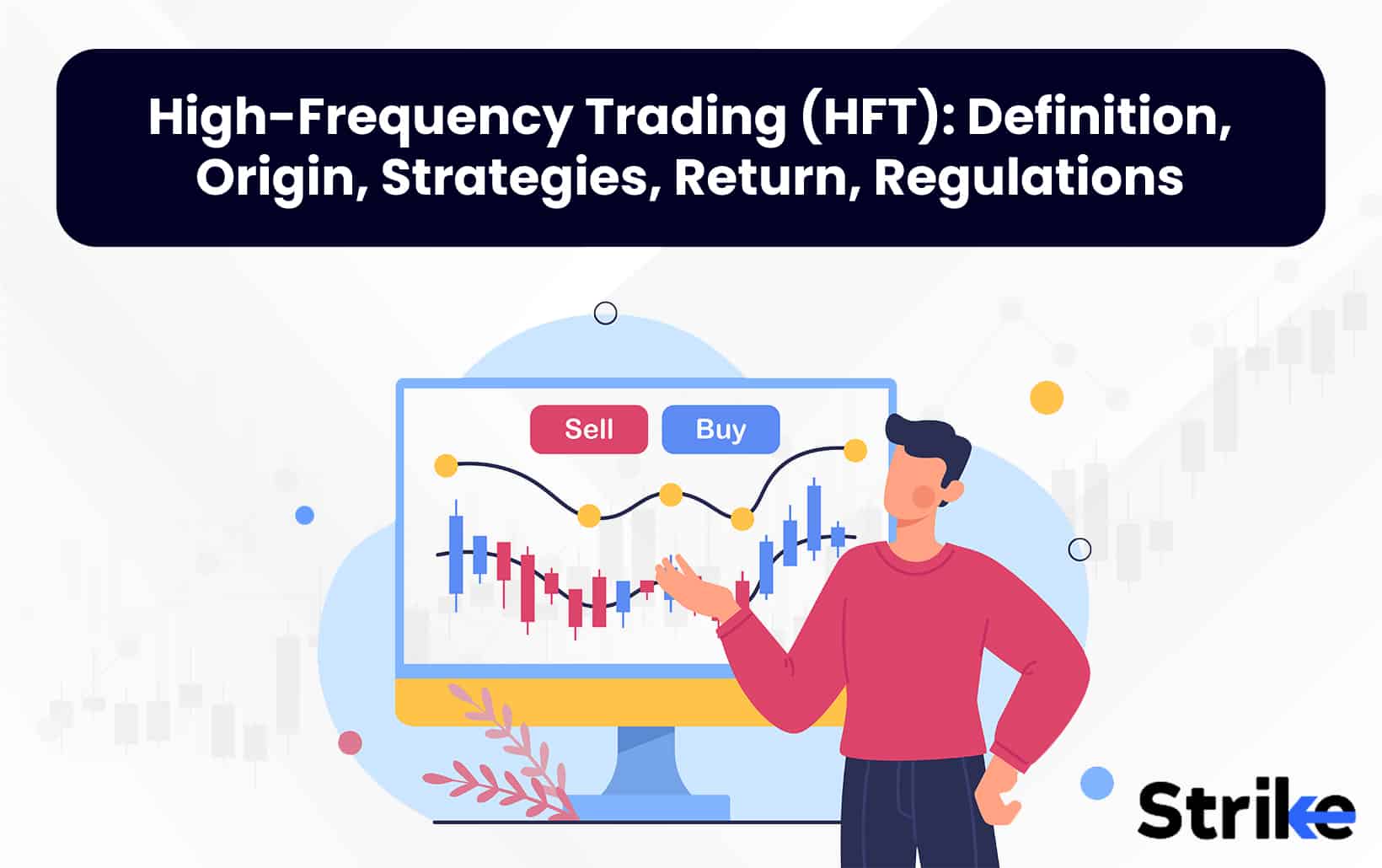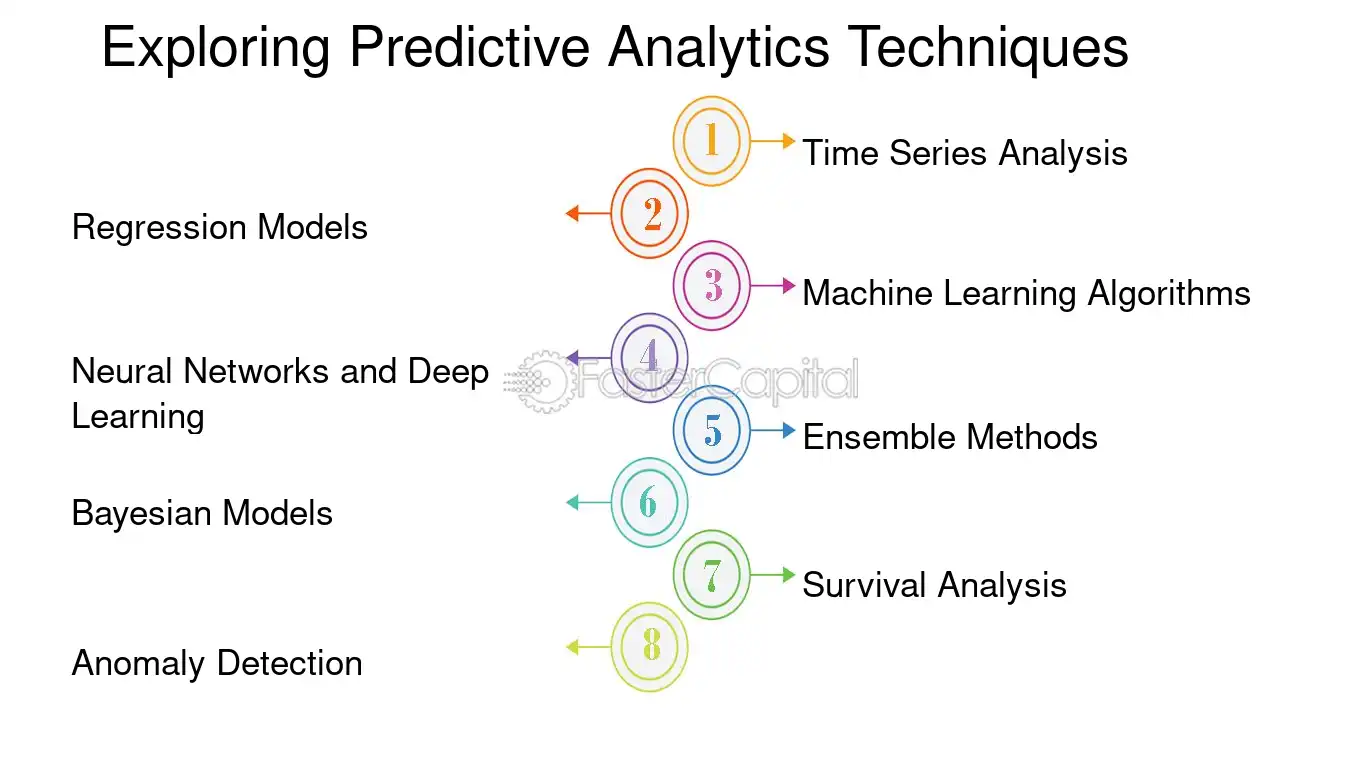Did you know that some traders rely on algorithms that can execute trades in the time it takes to blink? In the world of high-frequency trading (HFT), algorithms play a crucial role, transforming day trading strategies with lightning-fast execution and data analysis. This article delves into what algorithms are, their impact on trading strategies, and the various types used in HFT. We’ll explore how these algorithms execute trades in milliseconds, the advantages they offer, and the risks associated with their use. Additionally, we’ll discuss the role of machine learning, the development of personal algorithms, and the ethical implications of algorithmic trading. With insights from DayTradingBusiness, you'll understand how algorithms adapt to market conditions and the tools available for building and refining these powerful trading systems.
What are algorithms in high-frequency trading (HFT)?
Algorithms in high-frequency trading (HFT) are automated mathematical models that execute trades at extremely high speeds. They analyze market data, identify patterns, and make split-second decisions to buy or sell securities. These algorithms aim to capitalize on small price fluctuations, providing liquidity and enhancing market efficiency. Common strategies include market making, arbitrage, and trend following, all designed to maximize profit while minimizing risk.
How do algorithms impact day trading strategies?
Algorithms significantly influence day trading strategies by executing trades at high speeds based on predefined criteria. They analyze vast amounts of market data, identify patterns, and make split-second decisions that humans cannot match. This automation enhances efficiency, reduces emotional trading, and allows for strategies like arbitrage and momentum trading to be implemented effectively. Additionally, algorithms can manage risk by adjusting positions in real-time, optimizing profits, and minimizing losses based on market fluctuations. Overall, they are crucial for staying competitive in high-frequency trading environments.
What types of algorithms are used in HFT?
High-frequency trading (HFT) uses several types of algorithms, including:
1. Market Making Algorithms: These provide liquidity by placing buy and sell orders to profit from the bid-ask spread.
2. Arbitrage Algorithms: They identify price discrepancies across different markets or instruments and execute trades to capitalize on these differences.
3. Trend Following Algorithms: These analyze historical data to identify and follow market trends, making trades based on momentum.
4. Statistical Arbitrage Algorithms: They use statistical methods to identify mispricings and execute trades based on predicted price movements.
5. Execution Algorithms: Designed to optimize the execution of large orders without significantly impacting market prices, these include VWAP and TWAP strategies.
6. Sentiment Analysis Algorithms: They analyze news and social media to gauge market sentiment and make trades accordingly.
Each of these algorithms plays a crucial role in the fast-paced world of HFT.
How do algorithms execute trades in milliseconds?
Algorithms execute trades in milliseconds by using complex mathematical models and real-time data analysis to identify trading opportunities. They connect to stock exchanges through high-speed internet, enabling them to process market data and execute orders faster than human traders. By utilizing direct market access and co-location services, algorithms minimize latency, ensuring trades are executed at optimal prices within microseconds. High-frequency trading (HFT) algorithms continuously monitor price fluctuations and market trends, making split-second decisions to capitalize on small price movements for profit.
What advantages do algorithms provide in day trading?
Algorithms in day trading offer several advantages:
1. Speed: They execute trades in milliseconds, capitalizing on market movements faster than human traders.
2. Accuracy: Algorithms minimize human error, ensuring precise execution of trades based on predefined criteria.
3. Data Processing: They analyze vast amounts of market data quickly, identifying trends and opportunities that might be missed manually.
4. Emotionless Trading: Algorithms follow set strategies without emotional interference, reducing the impact of fear or greed.
5. Backtesting: Traders can test strategies against historical data to refine approaches before deploying real capital.
6. 24/7 Monitoring: Algorithms can operate continuously without fatigue, taking advantage of market opportunities around the clock.
These factors enable more efficient and potentially profitable trading strategies in high-frequency trading environments.
How do market makers use algorithms in HFT?
Market makers use algorithms in high-frequency trading (HFT) to automate the buying and selling of securities, ensuring liquidity and efficient price discovery. These algorithms analyze vast amounts of market data in real-time to identify trading opportunities, execute trades at lightning speed, and manage inventory. They often employ strategies like arbitrage, statistical modeling, and market sentiment analysis to optimize their positions and minimize risk. By continuously adjusting quotes based on market conditions, algorithms help maintain tight spreads and facilitate smoother transactions for traders.
What risks are associated with algorithmic trading in HFT?
Algorithmic trading in high-frequency trading (HFT) carries several risks, including:
1. Market Volatility: Algorithms can amplify market movements, leading to sudden price swings.
2. Systematic Failures: Technical glitches or bugs in algorithms can cause significant financial losses.
3. Liquidity Risks: During market stress, algorithms may struggle to execute trades, resulting in slippage.
4. Regulatory Risks: Non-compliance with trading regulations can lead to penalties.
5. Competition: The fast-paced nature of HFT means that firms must constantly innovate, or risk being outpaced by competitors.
6. Data Quality: Poor or outdated data can lead to incorrect trading decisions.
Each of these risks can impact profitability and lead to substantial financial consequences.
How do algorithms analyze market data for trading decisions?
Algorithms analyze market data for trading decisions by processing large volumes of information rapidly. They identify patterns, trends, and anomalies in price movements and trading volumes. Using statistical models and machine learning, these algorithms execute trades based on predefined criteria, often making split-second decisions to capitalize on small price changes. They can also incorporate real-time news and social media sentiment to adjust strategies dynamically. Ultimately, algorithms enhance speed and accuracy in high-frequency trading, allowing traders to exploit market inefficiencies.
What is the role of machine learning in HFT algorithms?
Machine learning enhances high-frequency trading (HFT) algorithms by analyzing vast datasets to identify trading patterns and predict price movements. It enables algorithms to adapt to market changes in real-time, optimizing trade execution and improving profitability. Techniques like supervised learning help refine strategies based on historical data, while reinforcement learning allows algorithms to learn from live market feedback. This dynamic approach increases efficiency and reduces risks in HFT operations.
How do traders develop their own algorithms for HFT?
Traders develop their own algorithms for high-frequency trading (HFT) by following these steps:
1. Identify a Strategy: Traders focus on a specific trading strategy, such as arbitrage, market making, or trend following.
2. Data Collection: They gather historical market data, including prices and volume, to analyze patterns and test their strategies.
3. Programming: Using languages like Python, C++, or R, traders code their algorithms to execute trades based on predetermined criteria.
4. Backtesting: Algorithms are tested against historical data to evaluate performance and refine parameters.
5. Optimization: Traders adjust their algorithms to improve efficiency and reduce latency, ensuring they can execute trades quickly.
6. Real-time Testing: After backtesting, algorithms are run in a live market environment with small capital to monitor performance.
7. Monitoring and Adjustments: Continuous monitoring is essential. Traders tweak algorithms based on market conditions and performance metrics.
By following these steps, traders can create effective HFT algorithms tailored to their strategies.
What regulatory challenges do algorithms face in HFT?

Algorithms in high-frequency trading (HFT) face several regulatory challenges, including market manipulation concerns, compliance with the SEC and CFTC regulations, and the need for transparency in trading practices. They must adhere to rules against spoofing and layering, which can lead to significant penalties. Additionally, there are challenges related to reporting requirements and risk management, as algorithms can execute trades at speeds that outpace regulatory oversight. Ensuring that algorithms operate within the bounds of fair market practices is essential to avoid legal repercussions.
How do algorithms manage risk in high-frequency trading?
Algorithms manage risk in high-frequency trading (HFT) by utilizing real-time data analysis, automated decision-making, and risk assessment models. They monitor market conditions and volatility, adjusting trading strategies instantly to minimize exposure. Algorithms set predefined risk limits, execute trades at optimal prices, and employ stop-loss orders to protect against significant losses. They also analyze historical data to identify patterns and predict potential market movements, enhancing risk management. By automating these processes, algorithms can react faster than human traders, ensuring better control over risks in dynamic trading environments.
Learn about How Do Institutional Traders Manage Risk During Day Trading?
What are the ethical implications of algorithmic trading?
Algorithmic trading raises several ethical implications, including market manipulation risks, transparency issues, and the potential for unequal access to trading technology. High-frequency trading (HFT) can lead to flash crashes and disrupt market stability. Moreover, algorithms may prioritize profit over ethical considerations, potentially harming retail investors. There's also concern about the lack of accountability, as decisions are made by software rather than human judgment. Lastly, the environmental impact of high energy consumption in data centers adds another layer to the ethical debate.
How do algorithms adapt to changing market conditions?

Algorithms in high-frequency trading (HFT) adapt to changing market conditions primarily through real-time data analysis and machine learning techniques. They utilize historical data to identify patterns and adjust trading strategies accordingly. For instance, if market volatility increases, an algorithm might shift its focus from high-risk trades to more stable options. Additionally, algorithms can incorporate news sentiment analysis and economic indicators to refine their decision-making process. By continuously learning from new data, they ensure optimal performance in dynamic market environments.
What tools are available for building trading algorithms?
Popular tools for building trading algorithms include:
1. Python: Widely used for its libraries like Pandas, NumPy, and SciPy for data analysis.
2. R: Great for statistical modeling and data visualization.
3. MATLAB: Offers advanced mathematical tools and toolboxes for financial modeling.
4. QuantConnect: A cloud-based platform for backtesting and deploying trading strategies.
5. MetaTrader: Popular for Forex trading, with built-in scripting for custom indicators and strategies.
6. TradingView: Provides a user-friendly interface for scripting and backtesting with Pine Script.
7. NinjaTrader: Offers advanced trading tools and automation capabilities.
8. Amibroker: Known for its speed and flexibility in backtesting and strategy development.
These tools help traders design, test, and implement high-frequency trading algorithms effectively.
How do backtesting and simulation improve HFT algorithms?
Backtesting and simulation enhance high-frequency trading (HFT) algorithms by allowing traders to evaluate performance using historical data. This process identifies potential weaknesses and optimizes strategies without financial risk. Through simulation, traders can model various market conditions, fine-tuning algorithms to react swiftly to real-time changes. These methods also help in assessing risk management and ensuring compliance with trading rules. Ultimately, backtesting and simulation lead to more robust, efficient, and profitable HFT algorithms.
Conclusion about The Role of Algorithms in HFT Day Trading
In summary, algorithms play a crucial role in high-frequency trading by enabling rapid trade execution, enhancing strategy efficiency, and managing risk effectively. While they offer significant advantages, such as improved market analysis and adaptability, they also come with risks and ethical considerations that traders must navigate. For those interested in harnessing the power of algorithms, resources and tools are available to help develop and refine trading strategies. DayTradingBusiness remains committed to providing in-depth insights and support for traders looking to leverage algorithmic trading in their day trading endeavors.